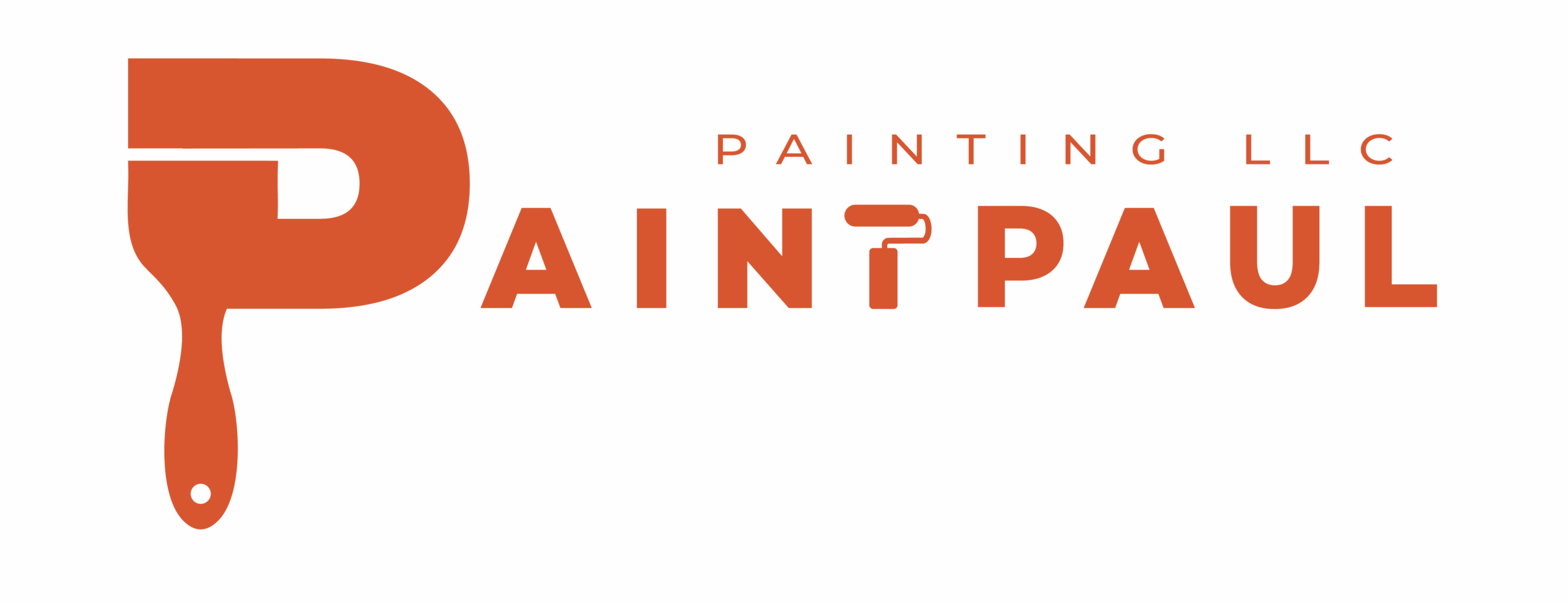You’re ready to transform your living room with a fresh coat of paint. Days later, you notice streaks, bubbles, or paint that won’t dry. What happened? One overlooked factor makes all the difference: humidity. It determines whether you get a flawless finish or a frustrating do-over. That is how humidity affects your interior painting.
Portland’s climate creates unique challenges. Between damp winters and variable spring weather, moisture levels can ruin even the most careful paint job.
Key Takeaways
The Problem with Moisture and Paint
When you start an interior house painting project, you’re creating a protective barrier that should last for years. But moisture works against every interior house painting job at every step. High humidity slows drying dramatically. Water-based paints need moisture to evaporate before they cure (cure means the paint fully hardens and becomes durable). When air is saturated, your paint can’t release moisture. This leaves tacky walls that attract dust and pet hair. Slow-drying paint sags and creates drip marks.
Extremely dry conditions cause different problems. When humidity drops below 35%, paint dries too fast on the surface while staying wet underneath. This creates a skin that traps solvents, causing them to bubble. Lap marks appear where strokes overlap because edges dry before blending.
You’ve invested in your home. When paint fails due to moisture, it feels like wasted effort, especially if you need to sand and repaint.

How Humidity Affects Your Interior Paint at Different Levels
Long-Term Damage from Ignoring Moisture Levels
Humidity’s immediate impact on paint is just the beginning; over time, improper moisture during application causes hidden, compounding damage.
Paint applied in high humidity traps moisture behind the coating. That trapped water migrates through the paint film and drywall. Within months, you’ll notice blistering and peeling starting at the corners where moisture concentrates. The paint loses its bond to the wall, creating pockets that grow larger with each seasonal humidity swing.
Interior house painting in low humidity faces different long-term issues. The weak initial bond never strengthens. Hairline cracks appear, then widen into visible fractures, exposing drywall. can’t flex with these movements. Hairline cracks appear, then widen into visible fractures, exposing drywall.
Perhaps most concerning is what happens inside your walls. When paint fails to seal properly, indoor humidity penetrates the drywall itself. This creates conditions for mold growth between the paint and the wall surface. Within a year or two, dark spots emerge, indicating established mold colonies. Remediation requires removing paint, treating mold, replacing damaged drywall, and starting your interior house painting project over—at triple the original cost.
The financial impact extends beyond repairs. How humidity affects interior paint directly impacts home value. Professional inspectors recognize failed paint jobs and document moisture issues, which can lower appraisals and scare off buyers.
Portland’s Climate Challenges
Winter brings the biggest challenges for interior house painting, with indoor humidity often climbing above 60%. Spring weather swings wildly. Summer offers stable conditions, but coastal moisture can push humidity high. Fall brings temperature drops that affect how humidity affects interior paint drying times.
Plan interior house painting for late spring through early fall, when conditions are most forgiving, as proper timing is key to success.

Professional Solutions for Moisture Control
Dehumidifiers pull excess moisture from the air during damp seasons. Running units in painted rooms can drop humidity from 65% to 45% within hours.
Proper ventilation moves humid air out and brings in drier air. Strategic ventilation during the warmest part of the day helps, even in winter.
Moisture meters measure both air humidity and the amount of water in your walls (wall moisture content). If your drywall is holding excess moisture (meaning it contains more water than it should), no amount of air control will help until you address the source of the extra moisture.
Modified techniques mean changing formulas and methods. Professional painters choose products designed to work better with moisture in the air and know how to apply thinner coats (layers of paint) and allow longer drying times between each coat.
Consider hiring professionals who understand the impact of humidity. If levels are outside the ideal range, wait for better conditions or invest in moisture-control equipment.
If tackling the project yourself, pick timing carefully. Watch forecasts for extended dry periods when indoor humidity naturally drops.
What’s at Stake
Ignoring moisture doesn’t just create ugly paint jobs. Trapped moisture leads to mold growth inside walls. Poor adhesion means repainting sooner, doubling costs. Uneven drying creates weak spots where paint peels away, exposing bare drywall to damage.
Failed paint jobs waste premium products you purchased. When you strip and repaint, those gallons of high-quality coating end up in the trash along with your time investment.
Your Next Step
You want paint that looks professional and lasts for years. That happens when you control the variables that matter most—and moisture ranks at the top.
PaintPaul LLC specializes in interior house painting projects throughout Portland. Our team knows exactly how humidity affects interior paint, and we bring the tools needed to create perfect conditions regardless of the weather. We assess moisture levels before starting, use commercial dehumidifiers when needed, and apply products designed for Pacific Northwest conditions.
Stop gambling with paint projects that might fail because of moisture issues you can’t see. Call PaintPaul LLC at 360-502-2381 today for a free consultation. We’ll evaluate your space, identify humidity concerns, and provide a detailed plan to create the beautiful, durable finish your home deserves.

